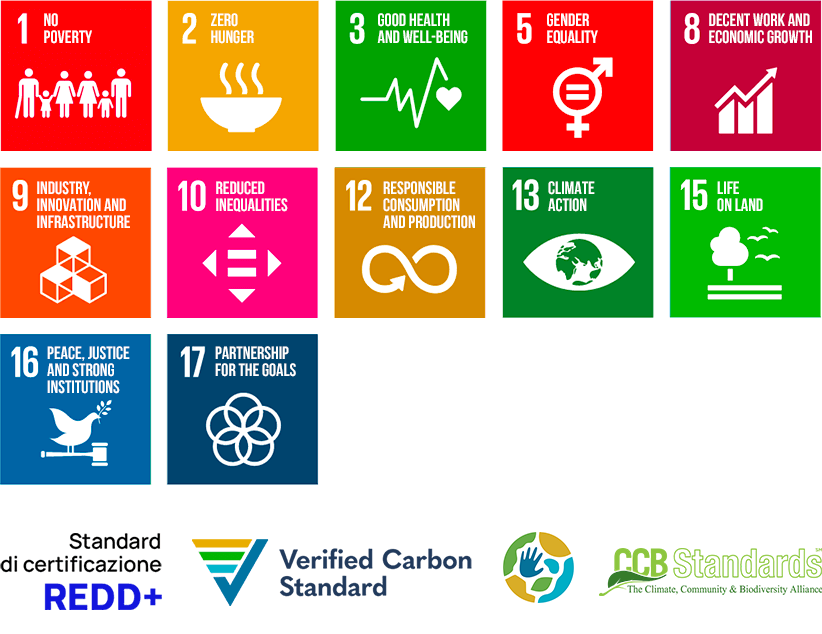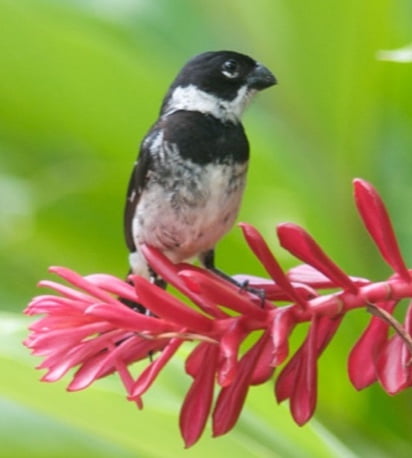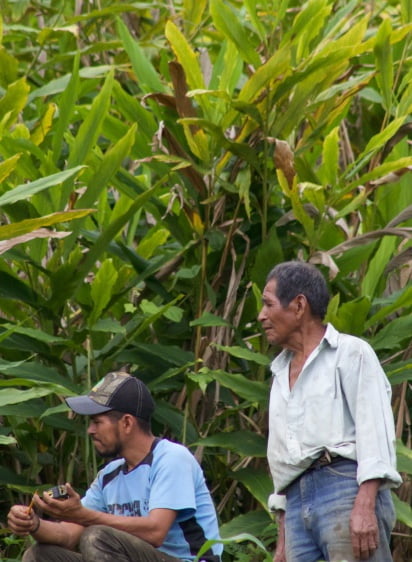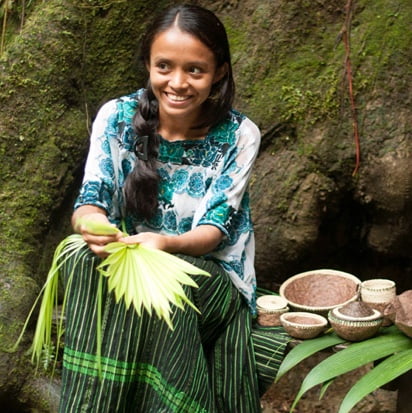Guatemalan coast conservation project, Guatemala
The forests of the Caribbean coast of Guatemala have a legacy of extraordinary beauty and biodiversity. Hundreds of landowners and local communities have joined together to protect almost 59 341 hectares of forest coast. The coast is the migratory corridor of hundreds of bird species flying between North and South America every two years.
The project protects the Izabal rainforests that generate the water supply used by local communities and strengthens vulnerable coastal areas at risk from severe weather events such as hurricanes.
Project Name
REDD+ PROJECT FOR CARIBBEAN GUATEMALA: THE CONSERVATION COAST
VCS CERTIFICATION STANDARDS 

The project has received a new award: CBBS, related to projects that address climate change, support local communities and smallholders and conserve biodiversity.


Impacts and benefits
Protecting biodiversity. The Mesoamerican Biological Corridor is vital for migratory birds making their biennial journey from the North to the South of the Central American coast. Up to 504 varieties of birds in the project area and 120 migratory species take advantage of the Guatemalan forests as the primary place of their wintering and transit. The project protects the habitat of 30 species of high conservation value.


Local economic development. Izabal is home to some of the Guatemalan communities with the lowest incomes in the country. Funding from the sale of carbon credits helps to counter the economic drivers of deforestation. The project integrates conservation approaches with productive land use, helping local communities to pursue a lifestyle with sustainable livelihoods. Over 100 local and indigenous communities benefit from the project and actively participate in the decision-making and implementation of activities. The project aims to create almost 720 jobs, 30% of which are carried out by women. It also supports the development of a network of tourist sites and ecological reserves throughout the Caribbean region of Guatemala to foster the conservation of the coast as an ecotourism destination.


Benefits for women. The project aims to improve access to health care for under-served communities and has built 24 community-run clinics that provide primary health services. Improving health services gives women more opportunities to take part in education, finding a job, and earning a salary. The project objectives involve support to the education of young women to finish elementary school, continue with high school, and providing direct training to increase job opportunities.
Latest updates GHG emission reductions. Date of issue: 15 February 2022. The emissions reduction for the current monitoring period (01-January-2020 to 31-December-2020) is 883,381 tCO2e. The project is estimated to generate 24,445,681 tCO2e of GHG Emissions Reductions over 30 years. The project has achieved the Biodiversity Gold distinction for the verified monitoring period in accordance with the Third Edition CCB Standards.

